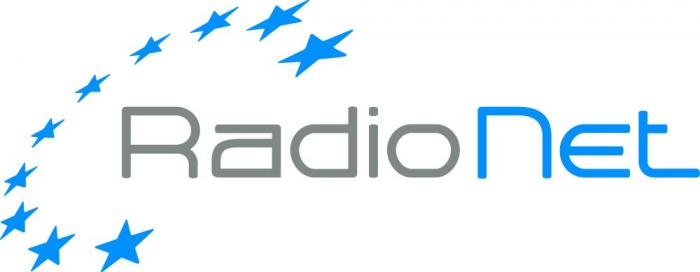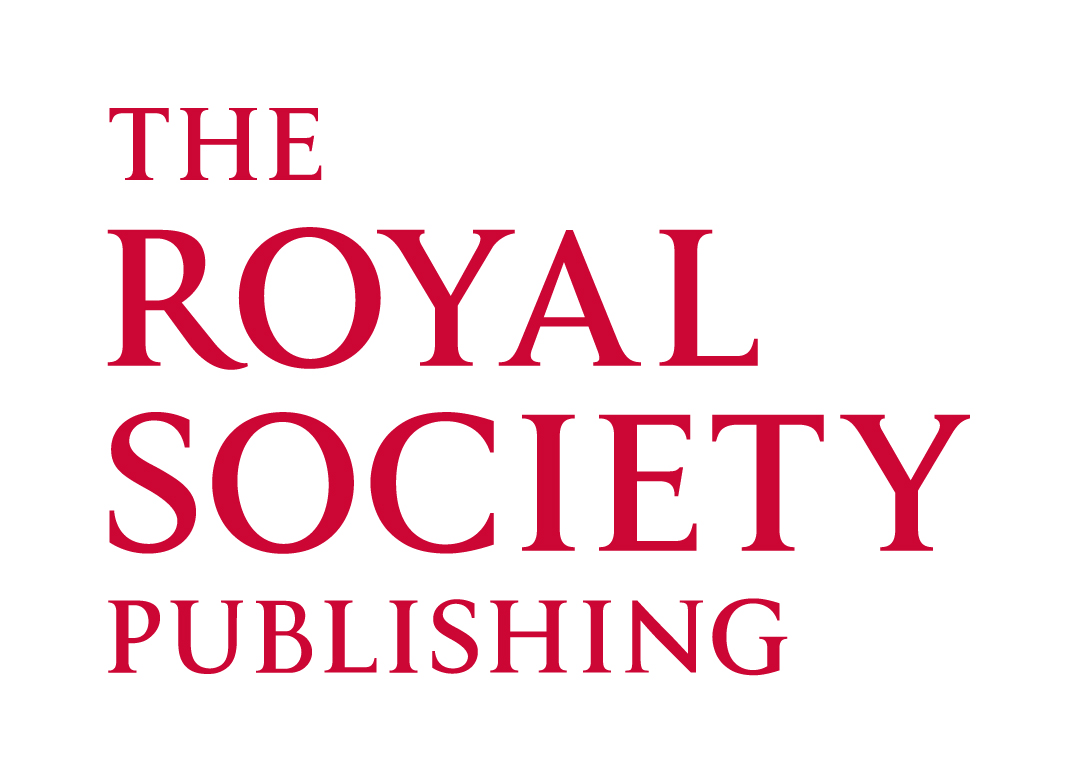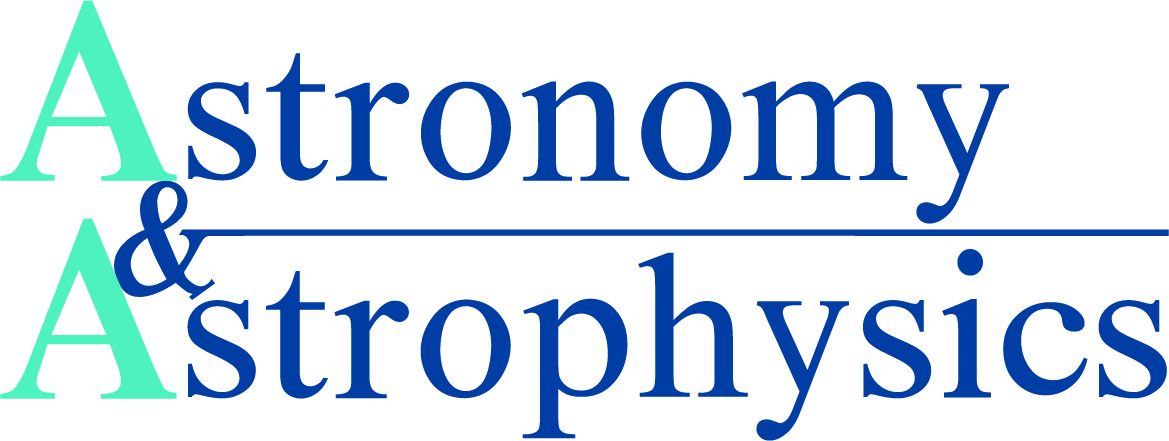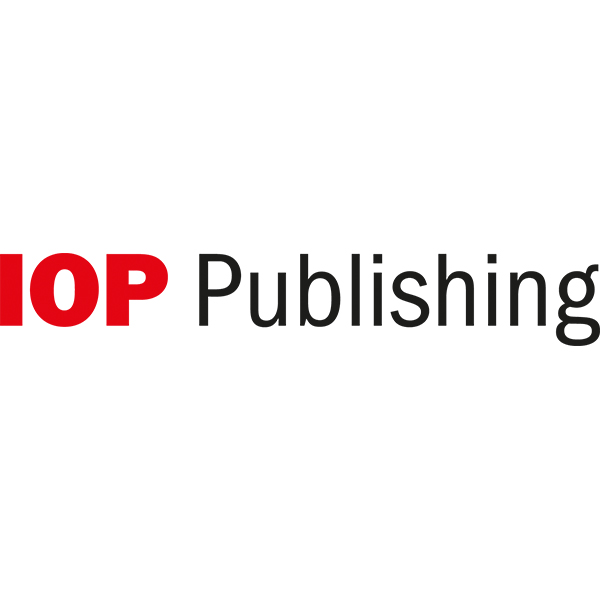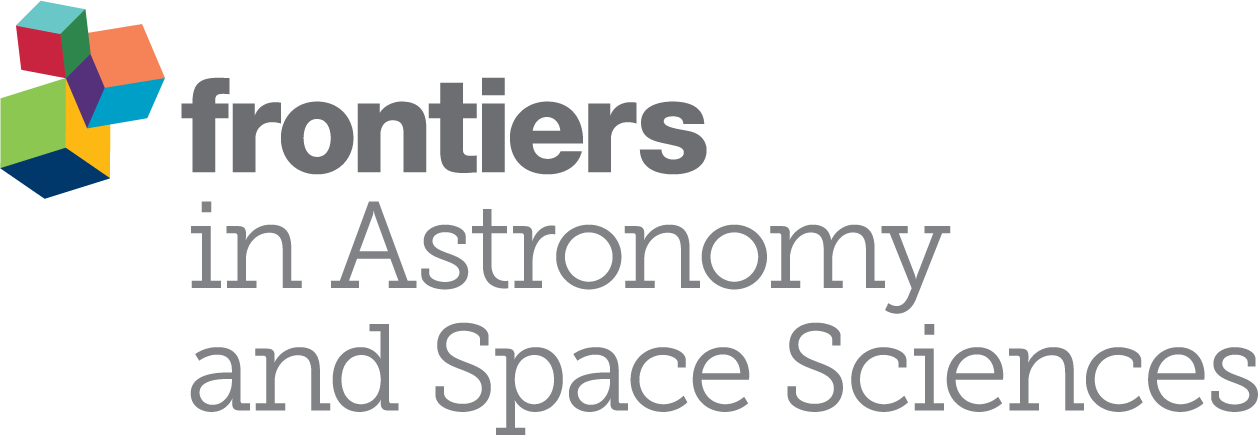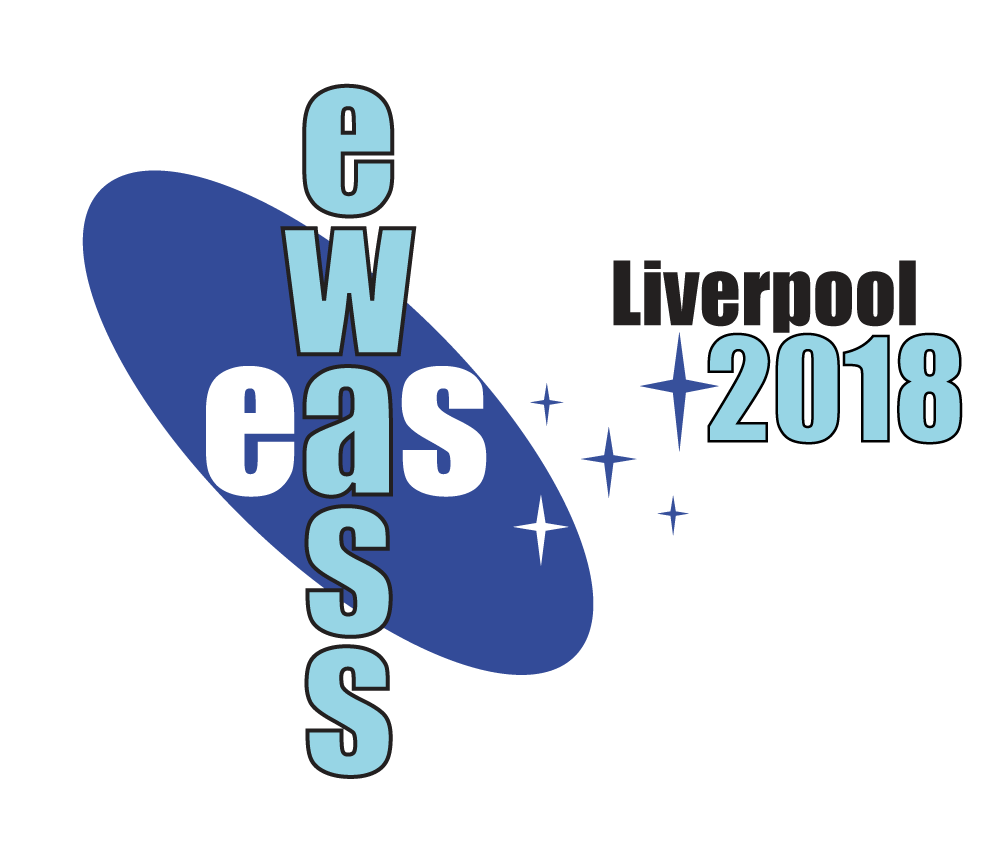
|
Symposium S7
3 – 4 April 2018
Supernova diversity: prospects and challenges for next-generation surveys
Modern time-domain optical surveys are discovering supernovae at a dramatically increased rate compared to the past. Among them are many rare and peculiar events that fall outside the standard supernova (SN) classes.
This poses serious challenges to traditional SN taxonomy, requiring a rewrite of the historical classification scheme.
SN types are currently defined according to their observational properties.
A long-standing goal of SN classification is to associate observationally-defined classes with specific explosion mechanisms and progenitor stars.
However, it is still unclear if the diversity of observed SN classes is predominantly caused by different progenitor channels, explosion mechanisms, binary-star interaction, or properties of the explosion environment.
For some unusual transients, the mechanism that lead to the stellar explosion (thermonuclear or core collapse) remains ambiguous. While for other events, an open question remains about whether a terminal SN explosion even occurred or not.
Next-generation surveys such as the Large Synoptic Survey Telescope (LSST) will compound this classification problem by discovering hundreds of thousands of transient events per year, many of which will push the boundaries of our observationally-defined SN
classes. Our goal for this symposium is to bring the supernova and transient community together to discuss the most important and exciting challenges in SN research to understand how and why stars explode as they do, as well as foster collaboration and
develop new techniques for classification in the modern SN era.
We will organize the symposium with the aim of promoting equity between junior and senior scientists, native and non-native English speakers, as well as striving for gender, race and geographical diversity in line with the supernova community.
Programme
Invited speakers
Scientific organisers
Contact Updated on Thu Mar 22 13:37:47 CET 2018
|
||||||||||||||||||||||||||||||||||||||||||||||||||||
|
EWASS 2018 : European Week of Astronomy and Space Science |
|||||||||||||||||||||||||||||||||||||||||||||||||||||
 A power cut will shut down all EAS services on Tuesday, 10 January 2017 starting at 7:30 CET.
A power cut will shut down all EAS services on Tuesday, 10 January 2017 starting at 7:30 CET.







